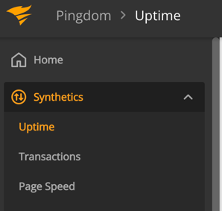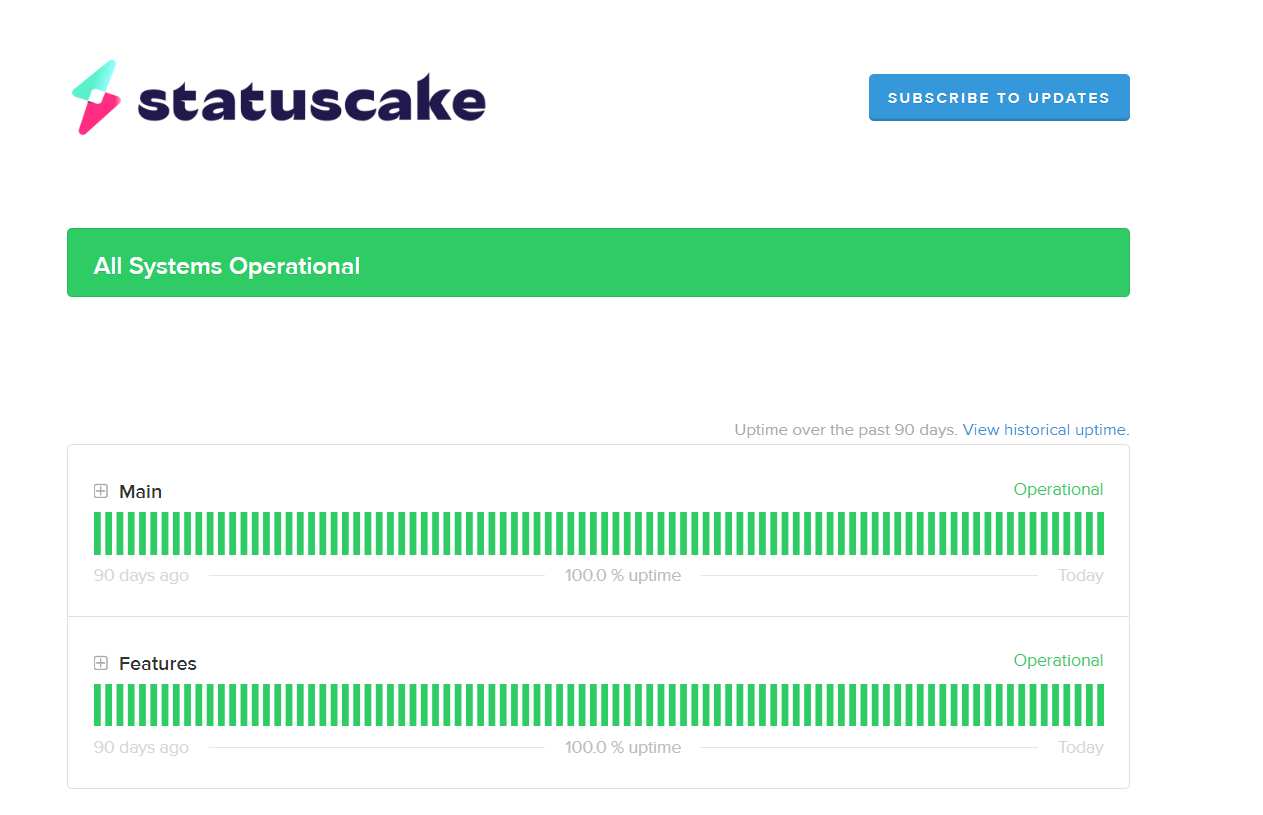How a software product feels is easy to overlook, but how the product works matters just as much, if not more. Results from digital experience monitoring point to how apps feel as the key determinant of their success.
“That’s how it is with people. Nobody cares how it works as long as it works.” This famous line from The Matrix Reloaded (2003) resonates with the way many developers approach maintaining apps. Someone has to keep watch. This avoids panic and deters prying eyes from trying to figure out how their favorite app works. As long as it works.
This post lays bare what digital experience monitoring means from the software application developer’s perspective.
We’ll also explore which business objectives you can reach by improving digital experience. Then we’ll go into how you can monitor digital experience (DX) proactively with a good DX monitoring tool. In the end, we’ll show how good DX monitoring tools can help businesses, customers, and developers focus on digital experience.
Before we do all this, let’s touch on what digital experience means.
What Is Digital Experience?
In the mind of a software developer, digital experience alludes to how they interact with their tools. It also stays in the back of their minds as they build apps for the end user. It thus takes on two meanings: the overall feel of making apps internally as well as projections of how the apps being built should interact with the final users.
On the customer side, digital experience refers to how a business’s assets (websites, emails, social media marketing campaigns) affect their decisions. This post focuses more on websites and systems than other digital assets.
How to Improve Digital Experience
The customer experience can make or break a software product’s future. Suffice to say digital experience should be monitored closely. This way, you can tell what needs to change when your application is no longer providing a positive experience for users.
The first step is figuring out what to measure. Certain variables directly reflect how customers feel about your efforts. A best practice when gathering these variables would be including both the developer side and the operations team. This way, you can approach digital experience from all the important angles for your business.
When you have a list in hand, be sure to approach DX improvement as seriously as software development. This means creating, finding, and adopting frameworks and schedules to check on the metrics.
Knowing what to measure is good, but knowing how to tweak your apps and processes to improve metrics is even better. Let’s set you on the right path by sharing a few metrics universally important for digital experience monitoring.
3 Important DX Metrics—With Examples
Three metrics are important regardless of the size of your digital assets. You could say they’re at the core of how users feel about your apps.
Customer Feedback
Perhaps the most obvious measurable providing insight into your app’s performance is customer feedback. Without feedback, a continuous integration and continuous deployment (CI/CD) pipeline risks veering in the wrong direction.
On the developer side, there’s feedback about how their tools can help a business improve morale and productivity. To get this metric going, companies resort to asking, making polls, and sending them out to the target audience. Beta versions of popular software applications actively ask for feedback.
Number of Users
Sometimes waiting for users to tell you if they enjoy your applications takes too long. An alternative to use while waiting for feedback is to keep watch on your users’ usage trends. Pay particular attention to how many users are engaged with your digital assets at given intervals.
The logic here is straightforward. Users don’t clamor for continuous doses of bland experiences. The total number of accounts registered to a publicly accessible app says volumes about its associated experience. Just as important is how many users sign up only to never show up again.
Application Availability
Sometimes, you’ll have stumbled on the next viral app only to get bad feedback and usage numbers because it’s offline more often than it’s available. Your customers shouldn’t be the first to notify you when your application is down. If this happens, then your digital experience is poor.
Tools for Measuring Digital Experience Metrics
Consider the following tools and methods when measuring the metrics we established above.
Surveys
The most honest customer feedback is unstructured. Yes, you can have rating cards set up with scales for users to bottle their entire experience into a single number, but it helps more if they get personal with their feedback. This makes free-text fields the best way to extract customer feedback.
Application Performance Monitoring Tools
The best way to achieve a satisfactory state of digital experience consciousness is to leash your apps with application monitoring tools.
When it comes to checking app availability and usage trends, SolarWinds® Scopify® takes the crown as the best available tool. Notable features you’ll rely on include the following:
- Live geographic mapping of your users
- User behavior monitoring
- Bottleneck identification through intuitive filters for each variable
- Access filtering platform along with other granular visibility options
These variables won’t just tell you how popular your application is; they can also show you trends over time. This allows you to gauge the impact of any changes and versions in a cost-effective way. Better still, you don’t have to wait for feedback like you do with online surveys.
The geographic mapping feature can show you areas where your app is inaccessible. This can be due to data laws in these locations or simply misconfigurations on the server side of your application. There’s no experience to speak of or even measure when your app isn’t accessible to begin with.
Getting Started With Digital Experience Monitoring
Given how scalable the usage and cost commitment are for the tool we’ve suggested, it takes more of your initiative than money to get started with digital experience monitoring. Once you know the exact metrics to measure, let everyone involved know the ultimate goal goes beyond just knowing. It’s more about action than watching.
Digital experience monitoring gives you trends for each metric you decide to observe—once you have these trends, it’s your turn to keep improving. This way, you can safely bet your users will appreciate the improved experiences when using your software applications.
This post was written by Taurai Mutimutema. Taurai is a systems analyst with a knack for writing, which was probably sparked by the need to document technical processes during code and implementation sessions. He enjoys learning new technology and talks about tech even more than he writes.




